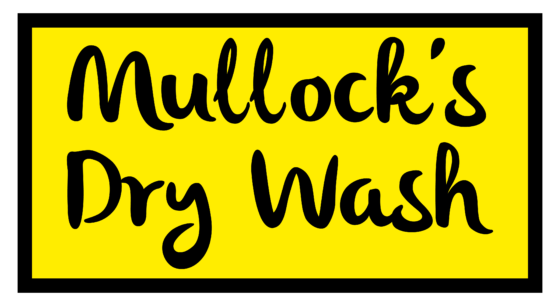Introduction
Waterless wash and wax products offer a convenient and eco-friendly solution for car owners looking to maintain their vehicles without excessive water usage. By understanding how these products work and their benefits, you can make a positive impact on both the environment and your car care routine.
The Need for Water Conservation
Water scarcity is a growing concern globally, with many regions facing droughts and water shortages. Every drop counts, and finding ways to reduce water consumption in everyday activities, including car washing, can contribute to conservation efforts.
Understanding Waterless Wash and Wax
How Waterless Wash and Wax Works
Waterless wash and wax products contain cleaning agents and lubricants that lift dirt and grime from the surface of your vehicle without the need for rinsing. The lubricants help encapsulate dirt particles, allowing them to be safely wiped away with a microfiber towel.
Key Ingredients in Waterless Products
Common ingredients in waterless wash and wax formulations include surfactants, polymers, and carnauba wax. These ingredients work together to clean, shine, and protect your vehicle’s paintwork.
Benefits of Waterless Wash and Wax
Environmental Impact
By eliminating the need for running water, waterless wash and wax products help conserve this precious resource. They also reduce wastewater runoff, which can contain pollutants harmful to the environment.
Convenience and Time-Saving
Waterless car washing is quick and easy, making it ideal for busy individuals who don’t have access to traditional car washing facilities. With waterless wash and wax, you can clean your car anywhere, anytime, without the need for hoses or buckets.
Protecting Your Vehicle
In addition to cleaning, waterless wash and wax products provide a protective layer that helps repel dirt, dust, and water. This can extend the life of your vehicle’s paintwork and keep it looking shiny and new.
How to Use Waterless Wash and Wax
Preparation
Before using a waterless wash and wax product, ensure your vehicle’s surface is cool to the touch and parked in a shaded area. This helps prevent the product from drying too quickly and leaving streaks.
Application Process
Spray the waterless wash and wax onto a small section of the vehicle’s surface, then gently wipe with a microfiber towel in a straight, back-and-forth motion. Use a separate clean towel to buff the surface to a high shine.
Tips for Effective Waterless Car Washing
Choosing the Right Product
Not all waterless wash and wax products are created equal. Look for high-quality formulations that are specifically designed for use on vehicles and contain gentle cleaning agents.
Proper Technique
Avoid pressing too hard when wiping the surface to minimize the risk of scratching the paint. Use light pressure and fold your microfiber towel frequently to expose a clean surface.
Maintaining Your Microfiber Towels
Regularly wash and dry your microfiber towels to remove dirt and debris. Avoid using fabric softener or bleach, as these can affect the towels’ absorbency and effectiveness.
Common Myths and Misconceptions
Does Waterless Washing Scratch Paint?
When performed correctly with a high-quality product and proper technique, waterless washing is unlikely to scratch your vehicle’s paint. However, it’s essential to use clean microfiber towels and avoid rubbing abrasive particles into the surface.
Is Waterless Wash and Wax Effective?
Yes, waterless wash and wax products are effective at removing dirt, grime, and contaminants from your vehicle’s paintwork. They leave behind a clean, shiny finish and provide added protection against environmental elements.
Conclusion
Waterless wash and wax products offer a convenient, eco-friendly, and effective alternative to traditional car washing methods. By incorporating waterless car washing into your routine, you can save water, protect the environment, and keep your vehicle looking its best.
FAQs
- Can waterless wash and wax be used on all vehicles?
- Yes, waterless wash and wax products are safe for use on most vehicles, including cars, trucks, motorcycles, and RVs.
- Is waterless car washing suitable for heavily soiled vehicles?
- While waterless wash and wax can remove light to moderate dirt and grime, heavily soiled vehicles may require pre-rinsing or traditional washing methods.
- Can waterless wash and wax be used on matte paint finishes?
- It’s best to avoid using waterless wash and wax products on matte paint finishes, as they may leave streaks or alter the appearance of the finish.
- Do waterless wash and wax products leave a residue on the surface?
- When used correctly, waterless wash and wax products should not leave a residue. However, it’s essential to buff the surface thoroughly to ensure a clean, shiny finish.
- How often should I use waterless wash and wax on my vehicle?
- The frequency of waterless car washing depends on factors such as weather conditions, driving habits, and the vehicle’s exposure to environmental contaminants. As a general guideline, aim to wash your vehicle every 1-2 weeks to maintain its appearance and protection.
